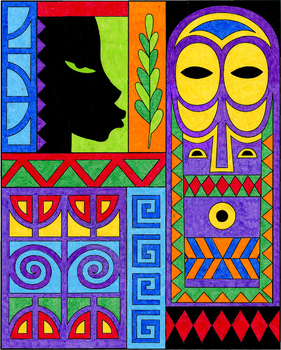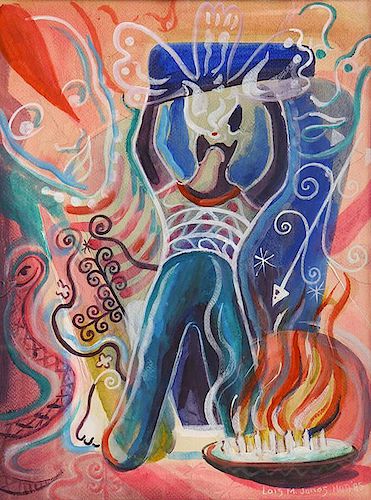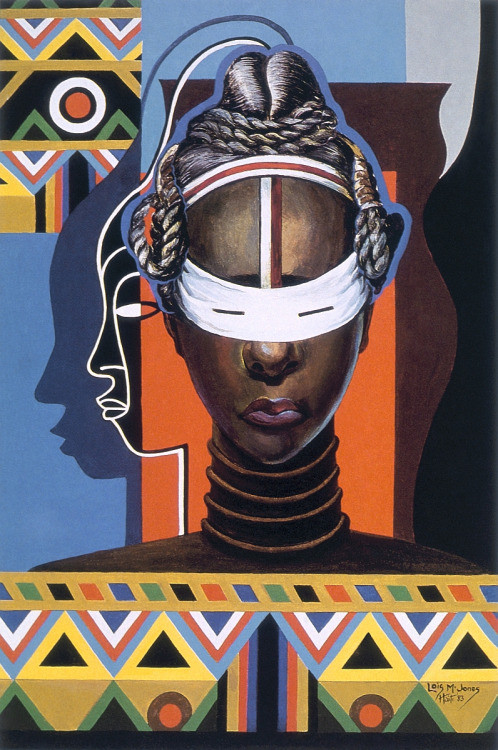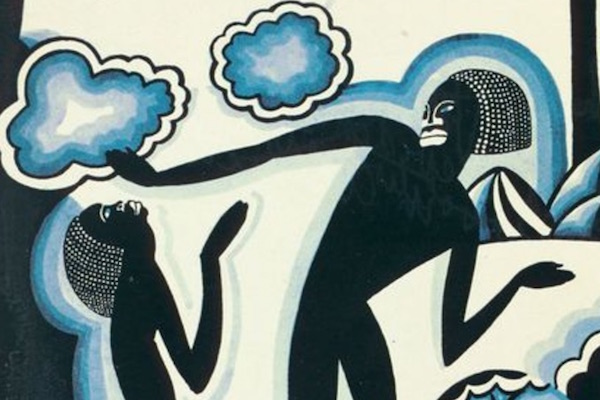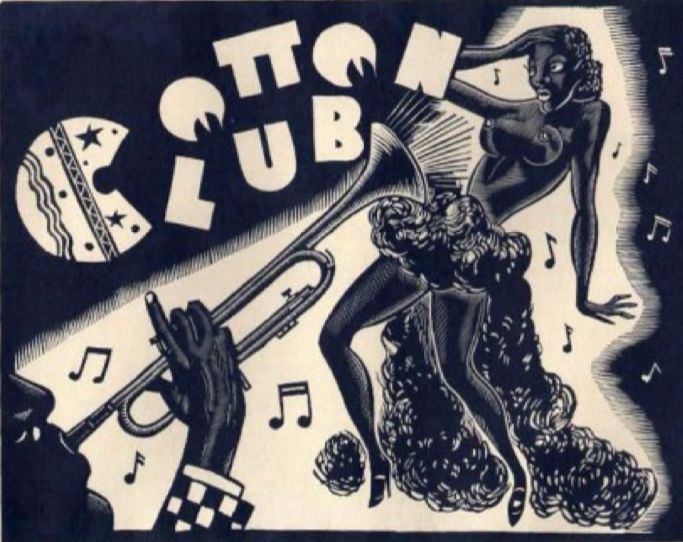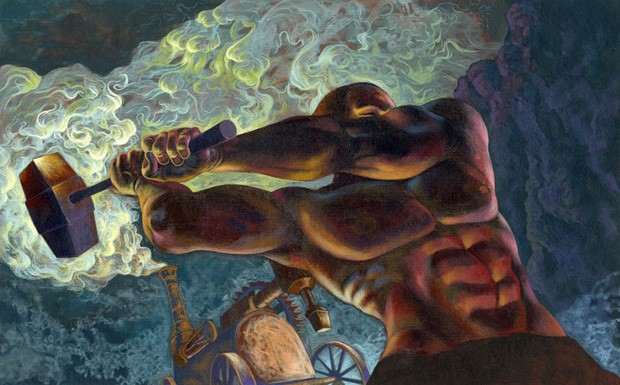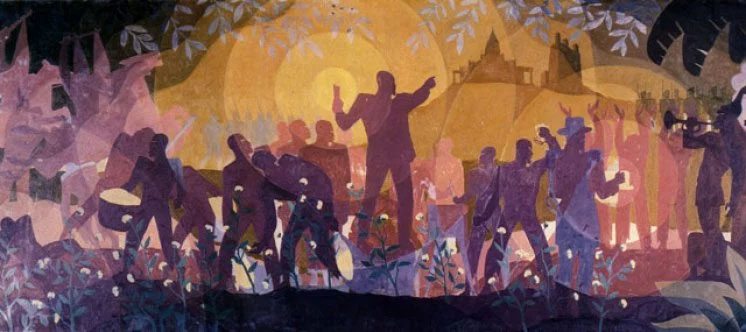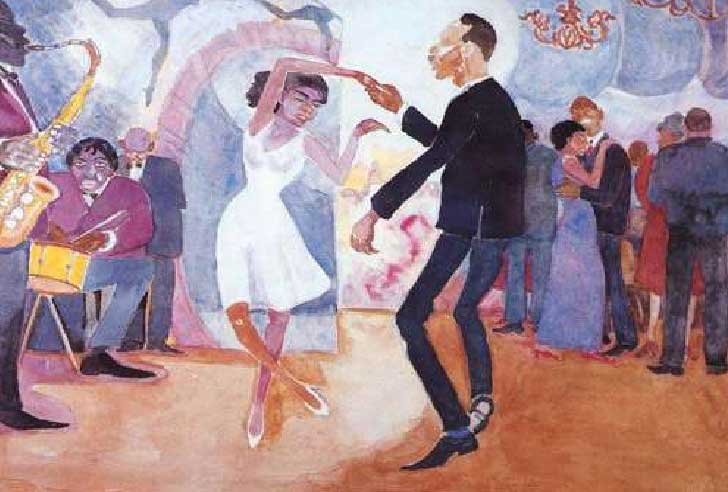Famous Harlem Renaissance Artists

The Harlem Renaissance was an intellectual, social, and artistic explosion centered in Harlem, New York, spanning the 1920s. At the time, it was known as the "New Negro Movement", named after The New Negro, a 1925 anthology edited by Alain Locke. The movement also included the new African-American cultural expressions across the urban areas in the Northeast and Midwest United States affected by the Great Migration, of which Harlem was the largest.

Though it was centered in the Harlem neighborhood of the borough of Manhattan in New York City, many francophone black writers from African and Caribbean colonies who lived in Paris were also influenced by the movement, which is generally considered to have spanned from about 1918 until the mid-1930s. Many of its ideas lived on much longer.
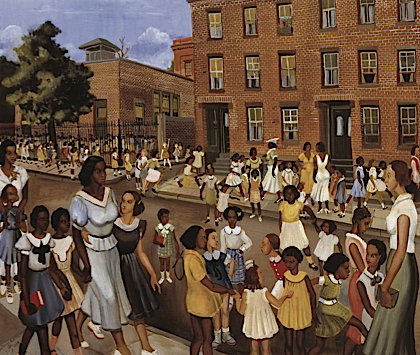
The zenith of this "flowering of Negro literature", as James Weldon Johnson preferred to call the Harlem Renaissance, took place between 1924—when Opportunity: A Journal of Negro Life hosted a party for black writers where many white publishers were in attendance—and 1929, the year of the stock-market crash and the beginning of the Great Depression. The Harlem Renaissance is considered to have been a rebirth of the African-American arts.

Until the end of the Civil War, the majority of African Americans had been enslaved and lived in the South. During the Reconstruction Era, the emancipated African Americans, freedmen, began to strive for civic participation, political equality and economic and cultural self-determination. Soon after the end of the Civil War the Ku Klux Klan Act of 1871 gave rise to speeches by African-American Congressmen addressing this Bill. By 1875 sixteen African Americans had been elected and served in Congress and gave numerous speeches with their newfound civil empowerment. The Ku Klux Klan Act of 1871 was denounced by black Congressmen and resulted in the passage of the Civil Rights Act of 1875, part of Reconstruction legislation by Republicans. By the late 1870s, Democratic whites managed to regain power in the South.
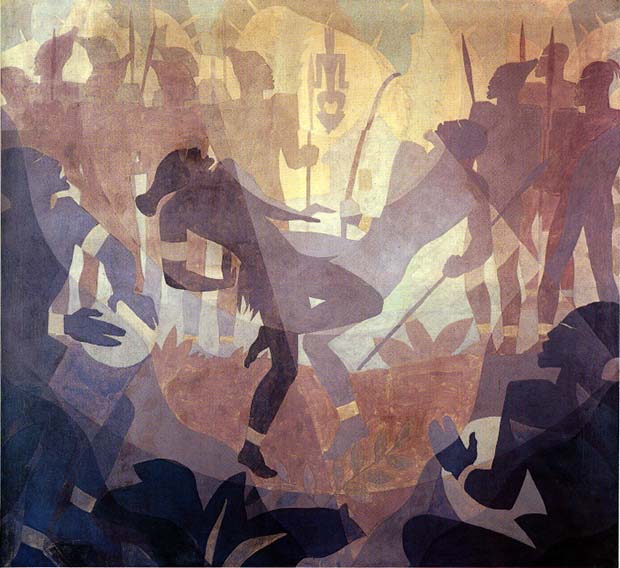
From 1890 to 1908 they proceeded to pass legislation that disenfranchised most African Americans and many poor whites, trapping them without representation. They established white supremacist regimes of Jim Crow segregation in the South and one-party block voting behind southern Democrats. The Democratic whites denied African Americans their exercise of civil and political rights by terrorizing black communities with lynch mobs and other forms of vigilante violence as well as by instituting a convict labor system that forced many thousands of African Americans back into unpaid labor in mines, on plantations, and on public works projects such as roads and levees. Convict laborers were typically subject to brutal forms of corporal punishment, overwork, and disease from unsanitary conditions. Death rates were extraordinarily high. While a small number of African Americans were able to acquire land shortly after the Civil War, most were exploited as sharecroppers. As life in the South became increasingly difficult, African Americans began to migrate north in great numbers.

Most of the African-American literary movement arose from a generation that had memories of the gains and losses of Reconstruction after the Civil War. Sometimes their parents or grandparents had been slaves. Their ancestors had sometimes benefited by paternal investment in cultural capital, including better-than-average education.

Many in the Harlem Renaissance were part of the early 20th century Great Migration out of the South into the African-American neighborhoods of the Northeast and Midwest. African Americans sought a better standard of living and relief from the institutionalized racism in the South. Others were people of African descent from racially stratified communities in the Caribbean who came to the United States hoping for a better life. Uniting most of them was their convergence in Harlem.

During the early portion of the 20th century, Harlem was the destination for migrants from around the country, attracting both people seeking work from the South, and an educated class who made the area a center of culture, as well as a growing "Negro" middle class. The district had originally been developed in the 19th century as an exclusive suburb for the white middle and upper middle classes; its affluent beginnings led to the development of stately houses, grand avenues, and world-class amenities such as the Polo Grounds and the Harlem Opera House. During the enormous influx of European immigrants in the late 19th century, the once exclusive district was abandoned by the white middle class, who moved farther north.
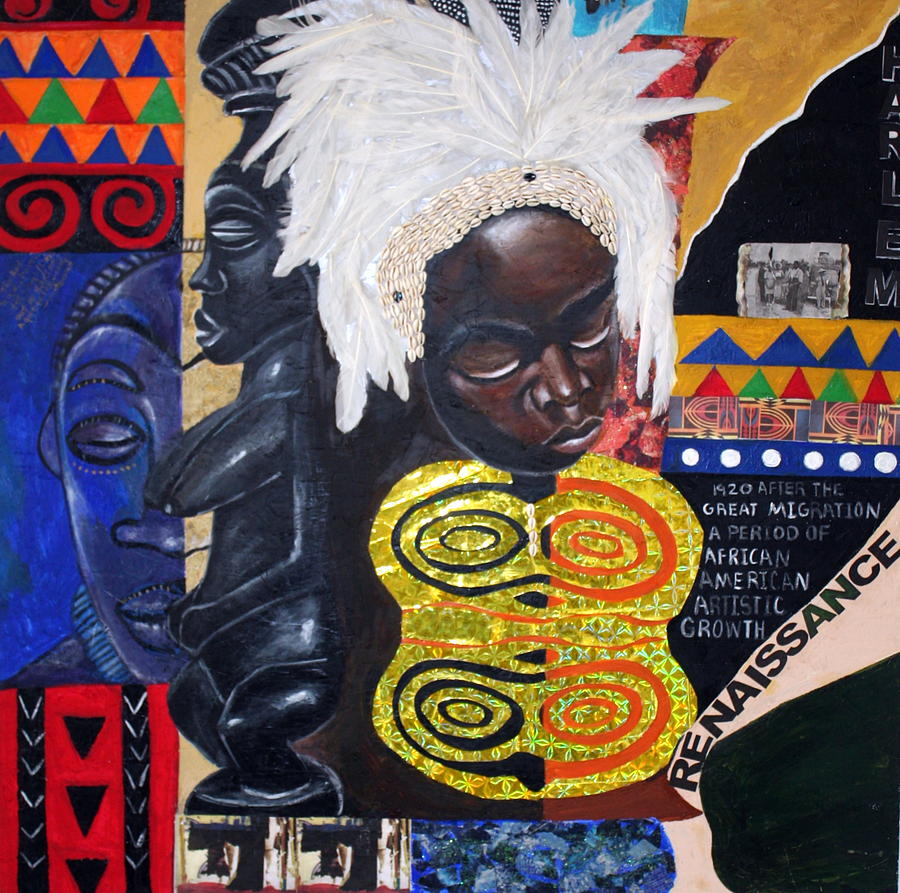
Harlem became an African-American neighborhood in the early 1900s. In 1910, a large block along 135th Street and Fifth Avenue was bought by various African-American realtors and a church group.[13][citation needed] Many more African Americans arrived during the First World War. Due to the war, the migration of laborers from Europe virtually ceased, while the war effort resulted in a massive demand for unskilled industrial labor. The Great Migration brought hundreds of thousands of African Americans to cities such as Chicago, Philadelphia, Detroit, and New York.
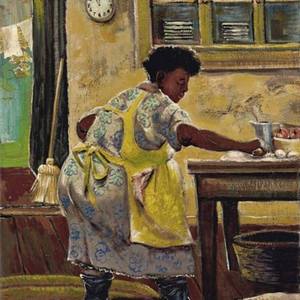
Despite the increasing popularity of Negro culture, virulent white racism, often by more recent ethnic immigrants, continued to affect African-American communities, even in the North.[14] After the end of World War I, many African-American soldiers—who fought in segregated units such as the Harlem Hellfighters—came home to a nation whose citizens often did not respect their accomplishments. Race riots and other civil uprisings occurred throughout the US during the Red Summer of 1919, reflecting economic competition over jobs and housing in many cities, as well as tensions over social territories.
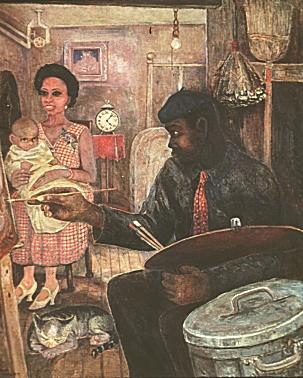
The first stage of the Harlem Renaissance started in the late 1910s. In 1917, the premiere of Three Plays for a Negro Theatre took place. These plays, written by white playwright Ridgely Torrence, featured African-American actors conveying complex human emotions and yearnings. They rejected the stereotypes of the blackface and minstrel show traditions. James Weldon Johnson in 1917 called the premieres of these plays "the most important single event in the entire history of the Negro in the American Theater". Another landmark came in 1919, when the poet Claude McKay published his militant sonnet, "If We Must Die", which introduced a dramatically political dimension to the themes of African cultural inheritance and modern urban experience featured in his 1917 poems "Invocation" and "Harlem Dancer" (published under the pseudonym Eli Edwards, these were his first appearance in print in the United States after immigrating from Jamaica). Although "If We Must Die" never alluded to race, African-American readers heard its note of defiance in the face of racism and the nationwide race riots and lynchings then taking place. By the end of the First World War, the fiction of James Weldon Johnson and the poetry of Claude McKay were describing the reality of contemporary African-American life in America.
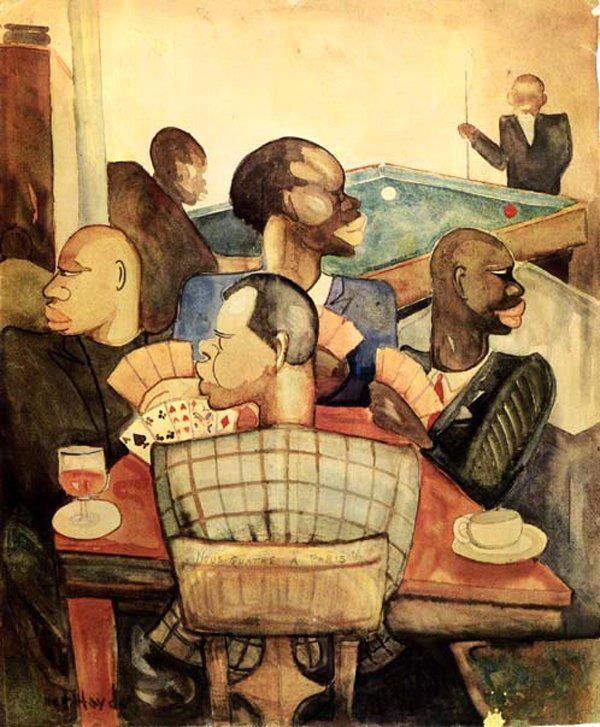
In 1917 Hubert Harrison, "The Father of Harlem Radicalism," founded the Liberty League and The Voice, the first organization and the first newspaper, respectively, of the "New Negro Movement." Harrison's organization and newspaper were political, but also emphasized the arts (his newspaper had "Poetry for the People" and book review sections). In 1927, in the Pittsburgh Courier, Harrison challenged the notion of the renaissance. He argued that the "Negro Literary Renaissance" notion overlooked "the stream of literary and artistic products which had flowed uninterruptedly from Negro writers from 1850 to the present," and said the so-called "renaissance" was largely a white invention.
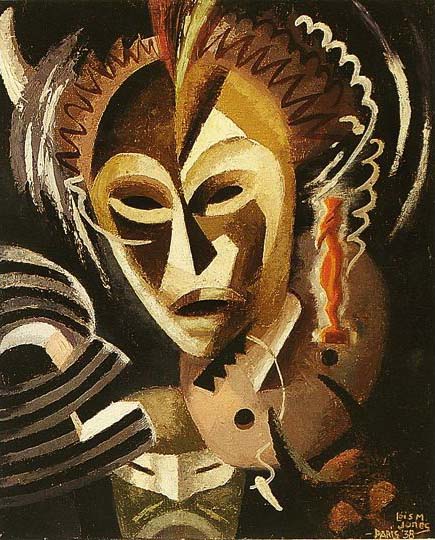
The Harlem Renaissance grew out of the changes that had taken place in the African-American community since the abolition of slavery, as the expansion of communities in the North. These accelerated as a consequence of World War I and the great social and cultural changes in early 20th-century United States. Industrialization was attracting people to cities from rural areas and gave rise to a new mass culture. Contributing factors leading to the Harlem Renaissance were the Great Migration of African Americans to northern cities, which concentrated ambitious people in places where they could encourage each other, and the First World War, which had created new industrial work opportunities for tens of thousands of people. Factors leading to the decline of this era include the Great Depression.
